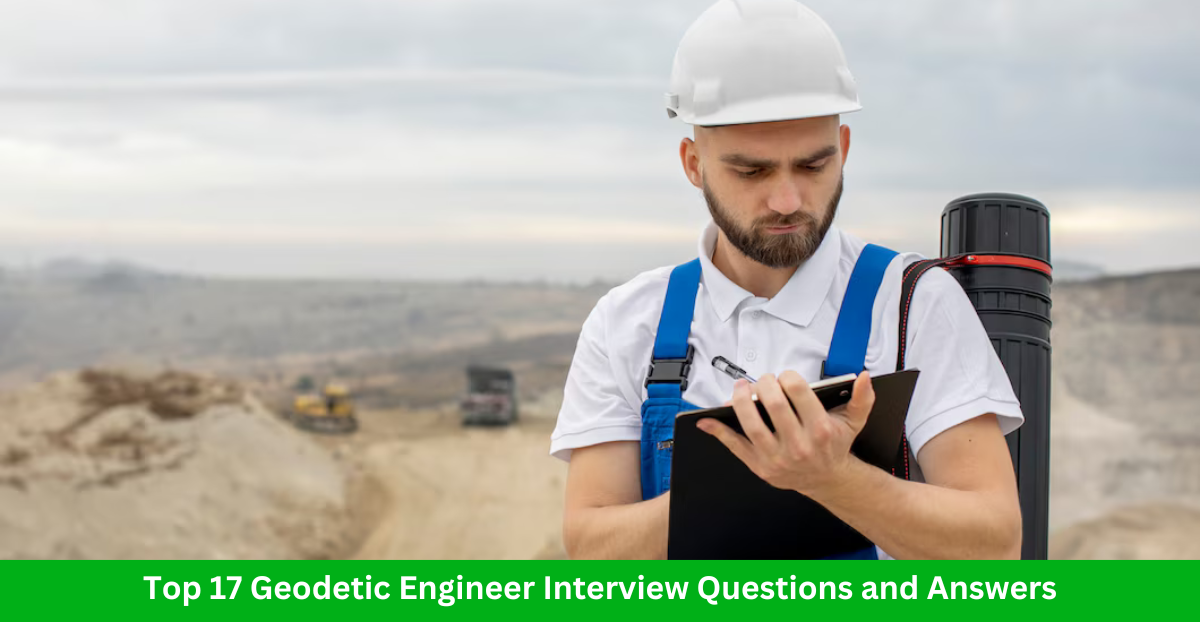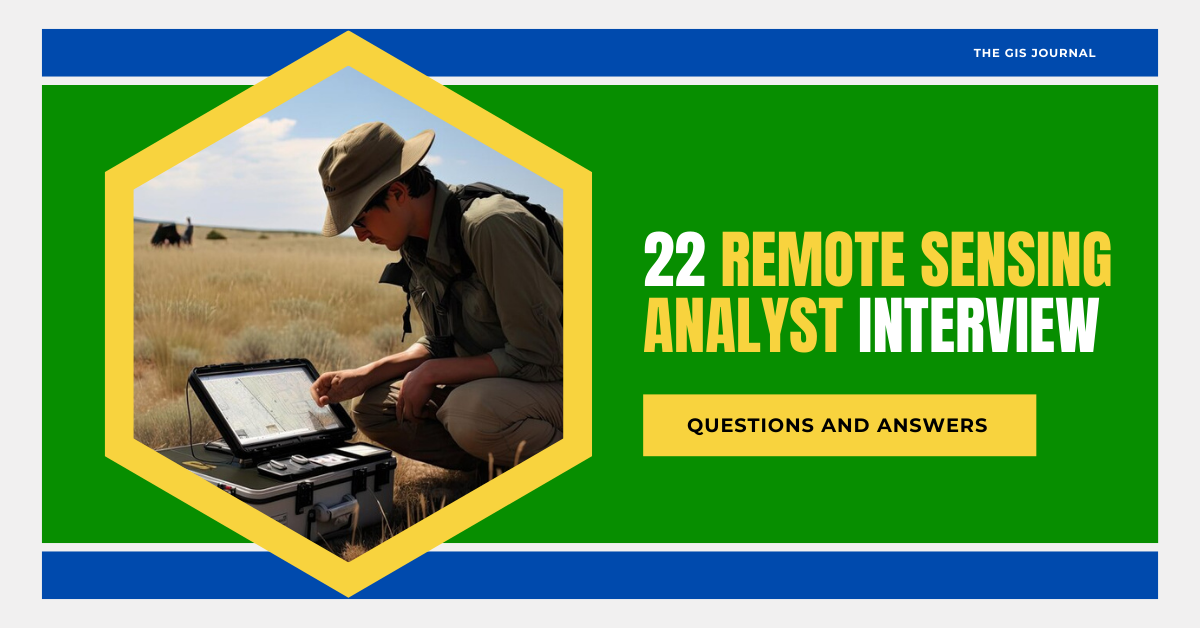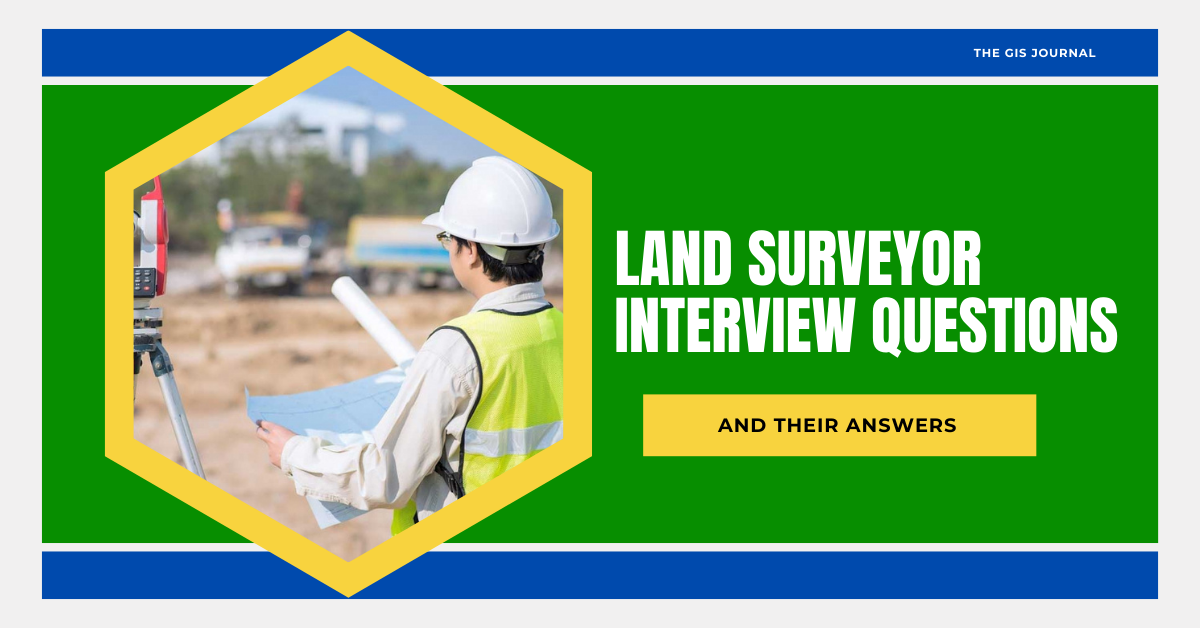Top 17 Geodetic Engineer Interview Questions and Answers
If you’re aspiring to become a Geodetic Engineer, preparing for your interview is a crucial step. This specialized engineering field focuses on precise measurements and data analysis for mapping and surveying the Earth’s surface. To help you excel, we’ve compiled the top 17 Geodetic Engineer interview questions and answers to guide you through technical, behavioral, and problem-solving queries. Whether you’re a seasoned professional or a fresh graduate, this blog will enhance your confidence and understanding of the interview process. Let’s dive into the essential questions every Geodetic Engineer candidate should be ready to answer. 17 Geodetic Engineer Interview Questions and Answers 1. What inspired you to pursue a career in Geodetic Engineering? Answer: Your response should demonstrate passion and interest in geodetic engineering. Mention your fascination with spatial data, problem-solving, or your academic background in related fields like surveying, GIS, or remote sensing. 2. Can you explain the difference between geodetic and plane surveying? Answer: Geodetic surveying considers the Earth’s curvature and is used for large-scale projects, while plane surveying assumes a flat Earth, suitable for smaller areas. 3. How do you ensure data accuracy in geodetic measurements? Answer: Talk about methods like cross-checking measurements, using high-precision instruments like GPS/GNSS, and adhering to quality assurance protocols. Read Also: Top 22 Remote Sensing Analyst Interview Questions and Answers 4. What tools and technologies do you use in geodetic surveying? Answer: Mention tools like GNSS receivers, total stations, laser scanners, and software such as AutoCAD, ArcGIS, or Leica Geo Office. 5. How would you handle a project with conflicting geospatial data? Answer: Discuss the steps to resolve conflicts, such as validating datasets, consulting historical records, and collaborating with team members to determine the most accurate information. Read Also: Top 15 Land Surveyor Interview Questions and Answers 6. Explain the significance of a geoid model in geodetic engineering. Answer: A geoid model represents the Earth’s mean sea level and is used to measure elevation accurately. It’s crucial for establishing vertical datums in large-scale projects. 7. How do you approach calculating and reducing measurement errors? Answer: Mention techniques like error propagation analysis, least-squares adjustment, and ensuring proper instrument calibration and environmental considerations. Read Also: Geomatics Engineering: Career, Job, & Salary in 2025 8. Describe a challenging geodetic project you’ve worked on. How did you overcome obstacles? Answer: Provide a real example, detailing the challenges faced (e.g., difficult terrain, data inconsistencies) and how you applied problem-solving skills and teamwork to succeed. 9. What is the role of satellite systems in geodetic engineering? Answer: Satellite systems like GPS, GLONASS, and Galileo are crucial for global positioning, navigation, and geodetic data collection. 10. How do you ensure compliance with national and international surveying standards? Answer: Mention adhering to regulations such as ISO standards, surveying laws, and guidelines provided by professional bodies like FIG or local government agencies. Read Also: Top 15 Imagery Analyst Interview Questions & Answers 11. What are geodetic datums, and why are they important? Answer: Geodetic datums provide reference points for geospatial data, ensuring consistency in location and elevation measurements across projects. 12. Can you explain how you use GIS in your work as a Geodetic Engineer? Answer: Discuss how GIS tools are used for data visualization, analysis, and integration with geodetic measurements for project planning. 13. How do you prioritize tasks when managing multiple surveying projects? Answer: Talk about time management techniques, setting clear deadlines, and using tools like project management software to track progress. Read Also: Top 15 Mapper Interview Questions & Answers 14. What methods do you use to process and analyze geospatial data? Answer: Mention techniques like coordinate transformations, spatial interpolation, and geostatistical analysis, using software like MATLAB or Python. 15. How do you ensure safety while working on geodetic projects in remote locations? Answer: Highlight safety measures like proper equipment, team communication, and risk assessments to address environmental and technical challenges. 16. What do you know about the latest trends and technologies in geodetic engineering? Answer: Discuss innovations like UAVs (drones), LiDAR, real-time kinematic (RTK) systems, and the use of AI for data analysis. Read Also: Top 15 Map Maker Interview Questions & Answers 17. Why should we hire you as a Geodetic Engineer? Answer: Combine your technical skills, passion for the field, and past achievements to demonstrate how you can add value to the organization. Final Thoughts Preparing for a geodetic engineering interview requires a blend of technical knowledge, practical experience, and effective communication skills. By reviewing these top 17 Geodetic Engineer interview questions and answers, you’ll be ready to showcase your expertise and land your dream job.


